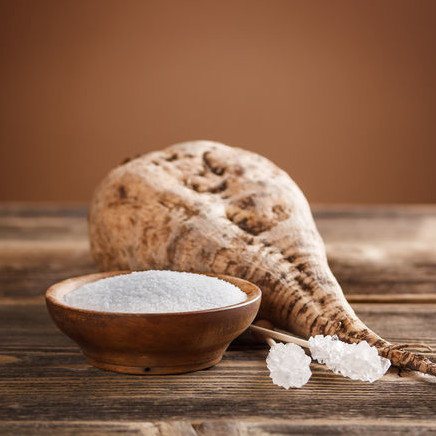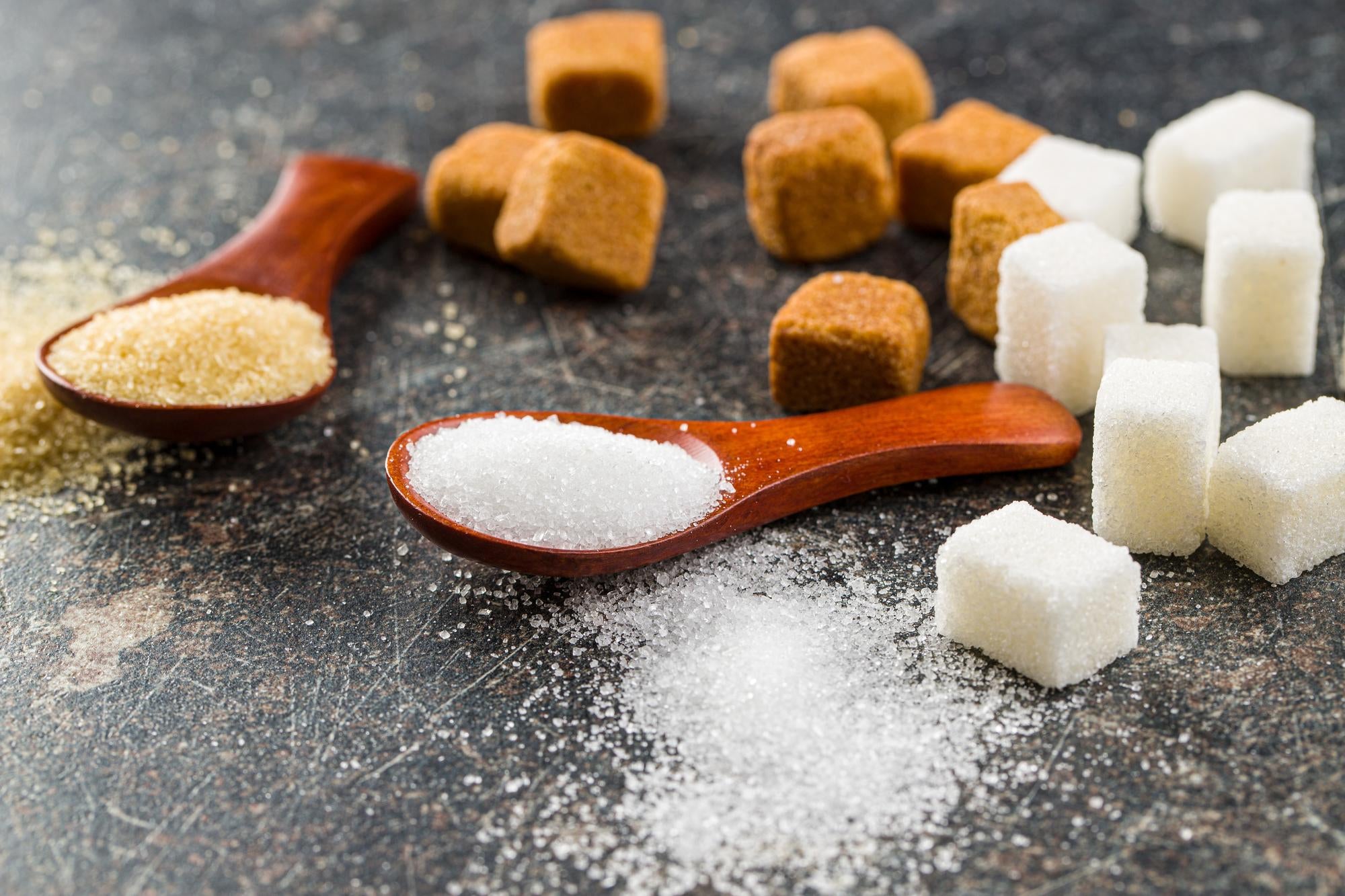People researching beet sugar vs cane sugar often want to know which mixes easily in hot drinks.
People researching beet sugar vs cane sugar often want to know which mixes easily in hot drinks.
Blog Article
Discover the Uses and Perks of Beet Sugar Vs Cane Sugar in Your Daily Diet
Discovering the unique qualities of beet and cane sugar discloses more than just their sweetening abilities; it highlights their distinct effect on wellness and cooking arts. Beet sugar, recognized for its refined flavor, is typically favored in fragile treats, whereas cane sugar, with its tip of molasses, includes splendor to robust dishes. Each type holds its very own nutritional profile and glycemic effects, welcoming a deeper understanding of their duties in a balanced diet regimen and lasting consumption techniques.
Beginning and Production Processes of Beet and Cane Sugar

The distinctive climates and soil types needed for growing sugar beets and sugarcane contribute to differences in their farming techniques and geographical distribution, influencing the business economics and sustainability of their production. beet sugar vs cane sugar.
Nutritional Contrast Between Beet Sugar and Cane Sugar
Regardless of originating from various plants, beet sugar and cane sugar are nutritionally really comparable, both mostly consisting of sucrose. Each supplies concerning 4 calories per gram, translating to about 16 calories per tsp. Structurally, both sugars are composed of roughly 99.95% sucrose, with minimal quantities of various other materials like wetness and trace element, which do not substantially alter their dietary accounts.

Ultimately, when picking in between beet sugar and cane sugar based upon dietary material alone, both deal the same advantages and drawbacks as they are essentially forms of the exact same particle-- sucrose, giving fast power without other nutrients.
Effect On Health And Wellness: Glycemic Index and Caloric Content
Discovering additionally into the impacts of beet sugar and cane sugar on wellness, it is essential to consider their glycemic index and caloric content. Both sugars are categorized as sucrose, which includes glucose and fructose. This make-up leads them to have a comparable impact on blood sugar level levels. The glycemic index (GI) of both beet and cane sugar is around 65, classifying them as high-GI foods, which can trigger quick spikes in blood glucose levels. This is an special info essential facet for individuals managing diabetes or those attempting to support their power levels throughout the day.
Each kind of sugar consists of about 4 calories per gram, making their calorie content equivalent. For those keeping track of calorie intake, particularly when managing weight or metabolic health conditions, recognizing this equivalence is vital (beet sugar vs cane sugar). Nonetheless, excessive consumption of any type of high-calorie, high-GI food can add to health problems such as weight problems, cardiovascular disease, and insulin resistance.
Environmental and Economic Factors To Consider of Sugar Production
Beyond wellness impacts, the production of beet and cane sugar also raises substantial environmental and financial concerns. Sugar beet farming tends to require cooler environments and has a lower geographical footprint contrasted to sugar cane, which grows in exotic regions. Both plants are extensive in terms of water usage and land profession, potentially leading to deforestation and water deficiency. Financially, the international sugar market is highly unpredictable, influenced by adjustments in worldwide trade policies and aids. Numerous countries incentivize sugar manufacturing with economic assistance, skewing market rates and affecting look what i found small-scale farmers negatively.
In addition, the use of chemicals and plant foods in both beet and cane sugar farming read review can result in dirt degradation and air pollution, additional influencing biodiversity and neighborhood water bodies (beet sugar vs cane sugar). The choice in between cultivating sugar beet or cane often rests on local ecological problems and economic factors, making the sustainability of sugar production an intricate problem
Culinary Applications and Flavor Differences
While the environmental and financial elements of sugar manufacturing are without a doubt substantial, the selection between beet and cane sugar likewise influences cooking applications and flavor accounts. Beet sugar, acquired from the sugar beet plant, is recognized for its incredibly neutral preference.
Walking cane sugar, drawn out from sugarcane, often maintains molasses traces, which pass on a distinctive richness and deepness. This slight molasses taste improves the intricacy of baked goods, sauces, and marinades. It is specifically favored in items where a caramel touch is preferred, such as in brownies or gingerbread. In addition, the minor variation in dampness web content in between beet and cane sugar can impact the texture and consistency of meals, making cane sugar a favored option for specific recipes that gain from its special properties.

Conclusion
To conclude, both beet and cane sugar have unique beginnings and production procedures, using comparable nutritional accounts with mild differences in sodium web content and taste. While their effect on wellness, specifically pertaining to glycemic index and calories, is comparable, the selection in between them frequently boils down to environmental, economic variables, and specific culinary needs. Recognizing these aspects can guide customers in making informed choices that straighten with their health objectives and taste choices.
Report this page